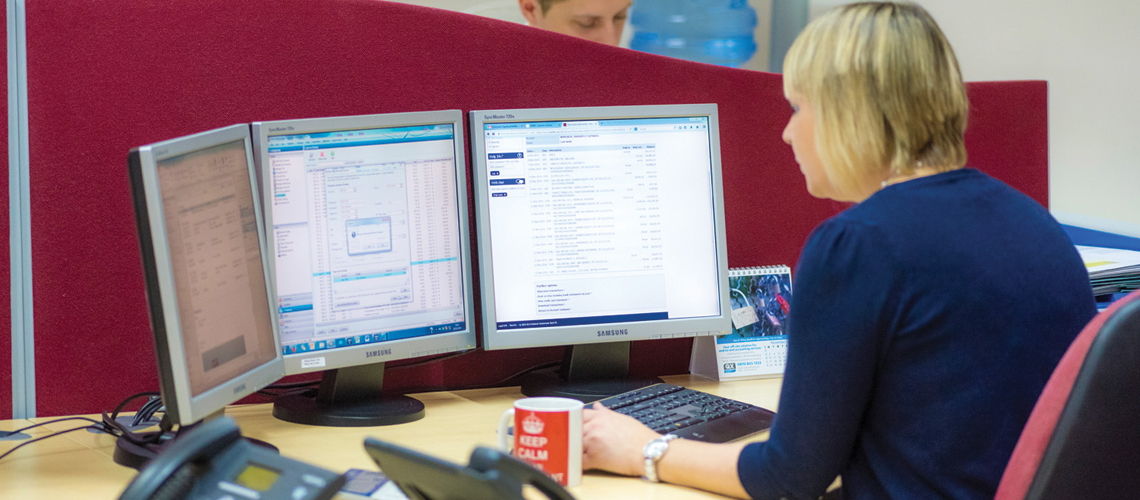It’s a sad day for double cab pickups—or perhaps more accurately, a sad day for their drivers’ wallets. These trusty steads of the building site, farmyard, and family drive are facing a tax makeover that could have them feeling less like workhorses and more like expensive racehorses. Let’s break down what’s changing, why it matters, and what you can do to steer clear of an unexpected tax bill.
The Big Shift: Reclassifying Pickups
From April 2025, double cab pickups with a payload of less than one tonne (1,000kg) will no longer be classified as commercial vehicles for tax purposes. Instead, they’ll join the ranks of cars, bringing with them a host of changes to how they’re taxed.
- Old Rules:
- Pickups were treated as commercial vehicles, meaning lower company car tax rates and generally lower liabilities for employers and employees.
- These rules made pickups a practical and tax-efficient choice for businesses and individuals alike.
- New Rules:
- Vehicles with a payload of under one tonne will now be taxed as cars.
- For drivers, this means higher Benefit-in-Kind (BIK) rates.
- For businesses, there’ll be a shift in Capital Allowances, as cars have stricter rules on tax-deductible expenses compared to commercial vehicles.
What Does This Mean for You?
- For Employees: Higher BIK Charges
- Under the new classification, drivers will face significantly higher tax bills, as cars are subject to BIK rates based on emissions and list price, which are usually much higher than those for commercial vehicles.
- Employees who’ve enjoyed the tax efficiency of a double cab as a company vehicle will need to brace for a bigger deduction from their pay packets.
- For Employers: Higher Costs
- The reclassification means businesses can no longer take advantage of the full Annual Investment Allowance (AIA) for pickups that now count as cars.
- Instead, cars are subject to writing down allowances, which are capped at 18% (or 6% for higher-emission vehicles). This means it takes longer to claim back the cost of the vehicle.
Transitional Measures: Bridging the Gap
The government is introducing some transitional measures to soften the blow (slightly) and give businesses time to adapt. Here’s what you need to know:
- Grandfathering Clause for Existing Vehicles
- Double cab pickups purchased and brought into use before April 2025 will continue to benefit from their commercial vehicle status for the remainder of their useful life.
- This means current owners won’t face an immediate tax hike, but the reclassification will apply to any new pickups purchased on or after the implementation date.
- Lease Agreements Signed Before April 2025
- Vehicles under existing lease agreements entered into before April 2025 will retain their commercial vehicle status for tax purposes until the lease term ends.
- Businesses with long-term leases in place can breathe a sigh of relief—at least until renewal time.
- Clearer Payload Definitions
- To avoid disputes, the government has clarified that payload refers to the weight the vehicle can carry excluding passengers and fuel.
- Manufacturers will be required to publish clear payload data for all new pickups from January 2025 to ensure transparency.
- Transitional Capital Allowances
- For businesses that already own or plan to purchase a pickup before the cut-off date, transitional rules will allow them to continue claiming AIA as if the vehicle were a commercial vehicle.
- However, cars purchased after April 2025 will fall under the stricter writing down allowance rules.
What Should You Do?
- Review Your Fleet Now
- Audit your current vehicles to determine how the changes will affect your tax position. If you’ve been thinking about adding a double cab pickup to your fleet, now might be the time to act.
- Consider Payload Carefully
- Not all pickups will be caught by the new rules—those with a payload exceeding one tonne remain classified as commercial vehicles. Make sure you check the payload of any future purchases carefully.
- Lease vs Buy
- If you’re planning to lease, signing a lease agreement before April 2025 could lock in the current tax treatment for the duration of the contract.
- Plan for BIK Increases
- Employers and employees should both factor the higher BIK rates into future cost planning. For employees, this may mean re-evaluating whether a double cab pickup remains the best choice of company vehicle.
Final Thoughts: Is This the End of the Pickup Boom?
The reclassification of double cab pickups feels a bit like seeing your favourite movie hero turned villain. For years, these vehicles have been a go-to choice for those who needed practicality and tax efficiency in equal measure. Now, they’re shifting into the “luxury car” tax bracket, leaving both businesses and employees feeling the pinch.
But all is not lost. With careful planning and a little creativity, you can navigate these changes and ensure your fleet (and your tax bill) stays under control. So, if you’re feeling overwhelmed, grab the keys, take a deep breath, and let’s figure out how to keep your tax journey smooth—even if the road ahead looks a little bumpier.




















